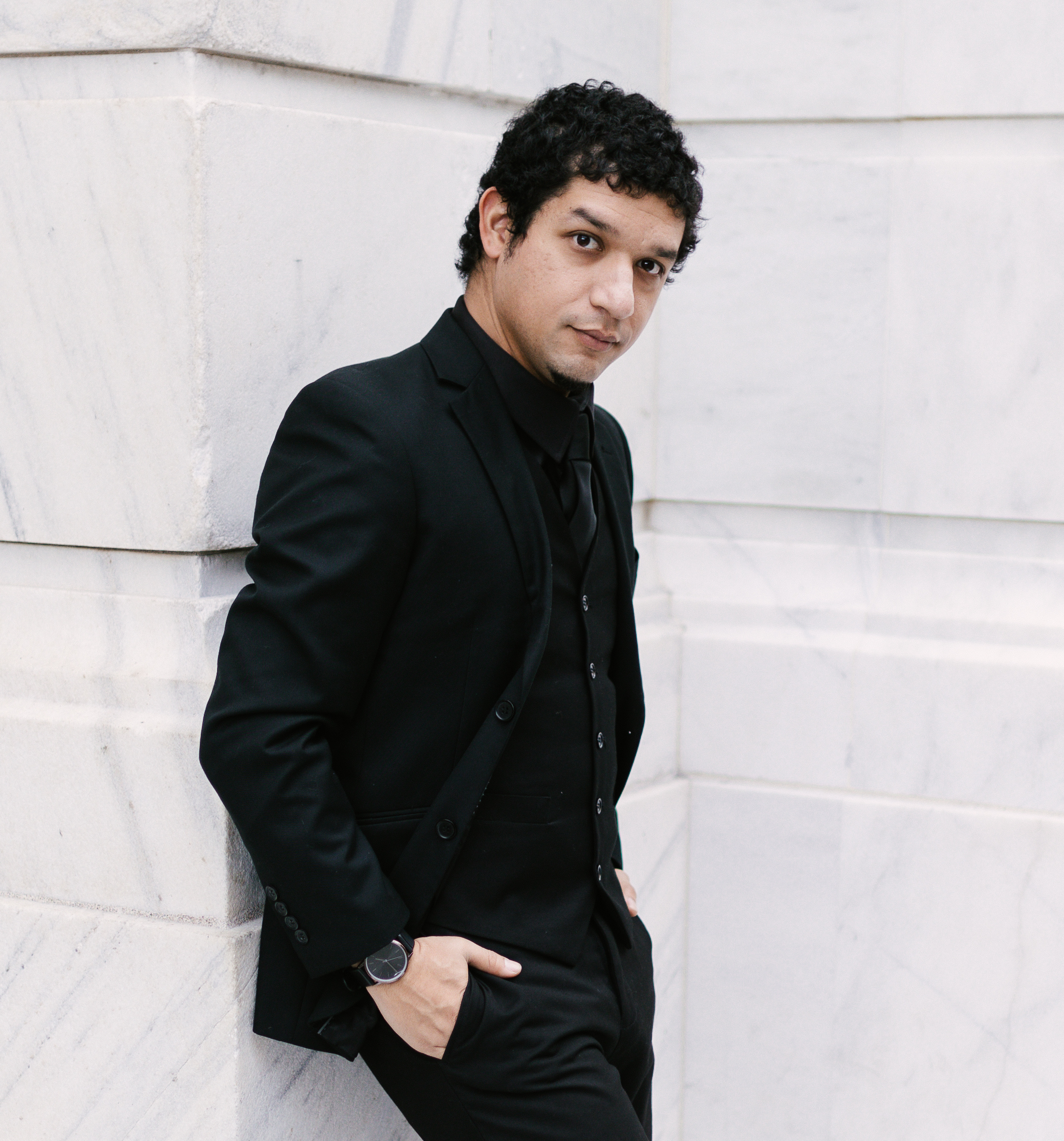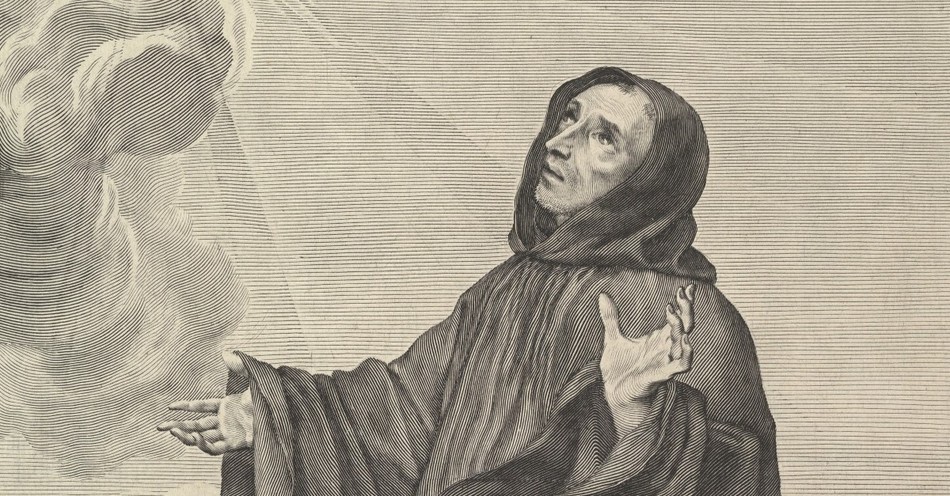In the high churches of Christianity, there are countless past and present saints to research and learn from. While Roman Catholics and Eastern Orthodox have saints strictly within their tradition, they still share a number. Before the Great Schism between Western and Eastern Christianity, the church was united. Because of this, Catholics, Orthodox, and some Protestants unite under the life, faith, and teachings of the early church saints.
One of the most well-known is St. Benedict of Nursia. Not only is he one of the most well-known by name, but his writings continue to inspire to this day—most notably, his book The Rule. While the writings on prayer, meditation, and more are valuable, it is important to know the author of it all, for their life connects to their writings.
When Did St. Benedict Live?
As previously stated, St. Benedict was born in Nursia (or Norcia), Italy—just under three hours from Rome. This is significant given the time that St. Benedict came into the world. He was born in 480 A.D., a pivotal time: four years prior, the Roman capital fell to the Visigoths, Germanic armies from the north and east. After 1,229 years of being the shining capital of the Roman Republic and then Empire, Rome fell to its knees. As a result, chaos erupted throughout Western Europe among various new kingdoms, most notably the Franks, Vandals, Visigoths, and the Kingdom of Odoacer.
Christianity, however, thrived in post-Roman Europe as Gospels and other writings were being copied and written in various monasteries and churches. One of these was St. Benedict, who became well-known for his monastic life and teachings on humility, the life of prayer, meditations, and more. I will now turn it over to Dan Graves to summarize St. Benedict’s life and career:
“‘For God’s sake he deliberately chose the hardships of life and the weariness of labor.’ So wrote Pope Gregory I about Benedict of Nursia. Benedict, it seems, was born into a well-to-do family in sixth century Italy. At a young age, appalled at the degeneracy of Rome, he renounced wealth, the love of women, the bustle of the city and the promise of power in order to seek God. He took with him only the servant who had nursed him as a child. Later, he left even her behind when he sought to escape the notoriety of a miracle he had worked.
Benedict settled in a cave below a monastery in the mountains. For three years, he remained in this place, praying, meditating and maturing in thought. The monks brought him food at set times. When their abbot died, they pleaded with Benedict to take his place. Benedict hesitated. He knew these monks did not live as he would like. He would not be a good match for them. But their pleas prevailed over his hesitation. Soon both sides regretted the new arrangement. The lukewarm monks tried to poison Benedict. He went back to his cave.
His saintly character and miracles attracted followers. Eventually Benedict opened several small monasteries in the valley and wrote his rule for monastic life. This rule, as the Catholic Encyclopedia notes, ‘. . . holds the first place among monastic legislative codes, and was by far the most important factor in the organization and spread of monasticism in the West.’
Benedict's rule saw work as a means to godliness. It emphasized prayer and practicing God's presence, provided a simple form of government and called on the monks to live with as few goods as possible.
The rule, while recognizing the importance of love for God, seemed to expect salvation through self-denial and pious practices more than through Christ, although at one point Benedict pointed the monks to the ultimate goal of sharing in the sufferings of Christ. ‘But as we advance in the religious life and faith, we shall run the way of God's commandments with expanded hearts and unspeakable sweetness of love; so that, never departing from His guidance, and persevering in the monastery in His doctrine till death, we may by patience share in the sufferings of Christ, and be found worthy to be co-heirs with Him of His kingdom.’
Near the end of his life, Benedict had a vision in which he saw God's glory. The whole world seemed to be gathered under a beam of heavenly light.
Benedict also foresaw his own death. Six days before he died, he ordered his tomb opened. After that, he fell into a shaking fever and became weak. Then, ‘. . . upon the sixth day, he commanded his monks to carry him into the oratory, where he did arm himself, receiving the body and blood of our Savior Christ; and having his weak body held up between the hands of his disciples, he stood with his own hands lifted up to heaven; and as he was in that manner praying, he gave up the ghost.’ Tradition says that he died at Monte Cassino on this day, March 21, 547. However, the dates of his life remain unclear.
Pope Gregory I's life overlapped Benedict's. He admired the monastic founder and helped to spread the Benedictine movement through Europe. It became an essential feature of the Middle Ages. In 1965 Pope Paul VI proclaimed Benedict the patron saint of Europe.”
(“Monastic Innovator, Benedict of Nursia” by Dan Graves first published on Christianity.com on April 28, 2010)
What Denominations Consider Benedict a Saint?
As previously stated, many high churches in Christianity hold to the teachings, faith, and life of St. Benedict. These denominations include but are not limited to Eastern Orthodoxy, Coptic Orthodoxy, Roman Catholicism, Anglican Catholicism, Anglicanism, and Lutheranism.
It is important to note that while Lutherans and Anglicans recognize the sainthood of Benedict, that is where they stop. Catholics and Orthodox go further in asking him and other saints for prayers. This is due to their beliefs in the communion of the saints and that due to Christ’s resurrection, the saints are alive and praying for us as we pray for each other.
What Is St. Benedict the Patron Saint Of?
The purpose of patron saints is not to replace God in any way, shape, or form. Rather, they are companions for us. For example, if you are struggling with a certain sin or enduring a particular difficulty in life, you may want to go to someone who is experienced in what you are going through for prayer. So it is with patron saints.
Due to his contributions to theology and academics and endurance in health problems, St. Benedict is the patron saint of students, religious orders, monks, those afflicted with fever, and spelunkers (that is, cave explorers).
What Are Some Christians that St. Benedict Influenced?
There are countless authors and theologians, past and present, that St. Benedict inspired or influenced. One of the most notable was St. Thomas Aquinas, who lived near the Benedictine Abbey of Monte Cassino, which St. Benedict founded. It was here that he received his education.
Another admirer on the Protestant side is Esther de Waal, a theologian and scholar renowned for her devotion and expertise in the Benedictine life. This can be seen in her influential book, Seeking God: The Way of St. Benedict. Understandably, there are divides between Protestant and Catholic Christians on how to follow some Benedictine ideas, and de Waal’s work offers a path. Case and point, de Waal focuses on the importance of sitting in silence before God without distractions in noise, site, words, and more. As she explains:
“To listen attentively to what we hear is much more than giving it passing aural attention. It means in the first instance that we have to listen whether we like it or not, whether we hear what we want to or something that is actually disagreeable or threatening. If we begin to pick and choose we are in fact turning a deaf ear to the many unexpected and unacceptable ways in which God is trying to reach us.”
Which brings me to my final point.
What Can Evangelicals Learn from St. Benedict?
As a former Evangelical, I believe Evangelicals and other Protestant Christians can learn much from St. Benedict.
First, as mentioned earlier, this focus on sitting in the silence of prayer and breathing contemplations is helpful. We often feel that if we are not as emotional in our prayers, we are praying incorrectly. On the contrary, when we are still in our prayers, we can focus on God in our breathing, God in recited prayers and verses, and God in the silence. This skill takes time to develop, let alone endure, and it’s a skill for all Christians.
Second, we can focus on repetition. Given the idea of “vain repetition,” some may have concerns about this one, which we see Christ warning about. When we pray certain powers repetitively, such as the Jesus Prayer (Lord Jesus of Christ, Son of God, have mercy on me, a sinner) while practicing our breathing, we allow for truth to sit within and in our words as we calm down before the presence of Christ. And this is just one of many prayers. Some use the Psalms, others use prayers from well-known Christians, and so on.
Another skill is growth in spiritual disciplines. Rather than viewing prayer as “I can pray whenever I want or feel like it,” We deliberately set specific times of the day aside to pray. This can be seen throughout his writings in The Rule, which states that we Christians need to set up our own rules for ourselves.
For example, the Anglican tradition I belong to offers a rule for life. Every morning and evening, we go through the daily office (morning or evening prayer), personal prayer and meditations (breathing, the Jesus Prayer, etc.), private devotionals, Sunday Mass, and more. This is not a strict way to go through Scripture but offers a helping hand to remain grounded in the word, memorize scripture and prayers, and continue keeping each other in prayer in our time with Christ. This is just one of many examples among high churches that take from St. Benedict’s example, and it is one that all Christians, regardless of traditions, can use for their benefit of spiritual growth.
Dan Graves’ Bibliography:
Ford, Hugh Edmund. “St. Benedict of Nursia.” The Catholic Encyclopedia. New York: Robert Appleton, 1914.
Order of St. Benedict. “Saint Benedict of Nursia.” https://www.osb.org/gen/bendct.html
Verheyen, Rev. Boniface, translator. The Holy Rule of St. Benedict. https://www.kansasmonks.org/RuleOfStBenedict.html
Photo Credit: “St. Benedict in Ecstasy” by Patrick Mellan. Public domain via Wikimedia Commons.

This article is part of our People of Christianity catalog that features the stories, meaning, and significance of well-known people from the Bible and history. Here are some of the most popular articles for knowing important figures in Christianity:
How Did the Apostle Paul Die?
Who are the Nicolaitans in Revelation?
Who Was Deborah in the Bible?
Who Was Moses in the Bible?
King Solomon's Story in the Bible
Who Was Lot's Wife in the Bible?
Who Was Jezebel in the Bible?
Who Was the Prodigal Son?




